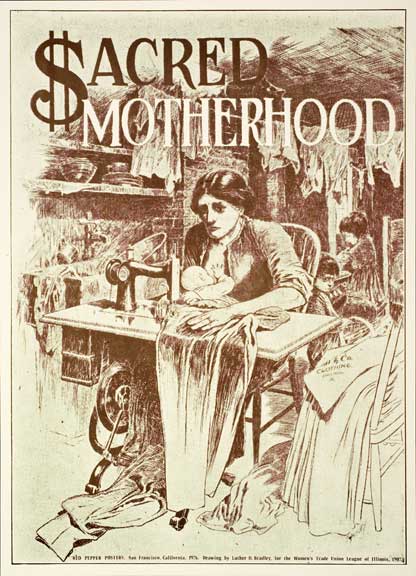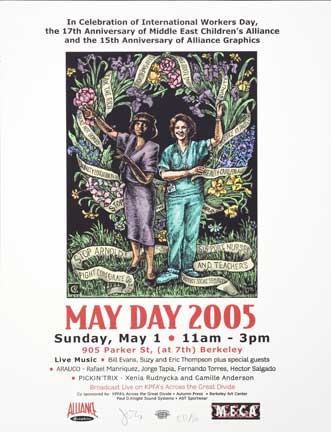"Don't contribute to our own historical amnesia."
When is it appropriate to "recycle" artwork from other artists, times, and places? Mark Vallen's article on Shepard Fairey on his Art for a Change site www.art-for-a-change.com/Obey/index.htm calls the question on one graphic artist for his free usage of work from Cuban, Chinese, WPA, and other sources. Aside from legal issues of plagiarizing work (as would be the case with living artists or those with active legal estates), the broader ethical questions of appropriate methods for using such source material are rarely discussed among artists. Note that parody is a protected practice, but that otherwise copying art is unethical and illegal regardles of whether or not the image is copyrighted. Note that the U.S. Copyright Law allows for certain exceptions, the most notable being Fair Use (for more, see the excellent summaries and links from Stanford University Library http://fairuse.stanford.edu/Copyright_and_Fair_Use_Overview/index.html ). Alternate forms for encouraging "good" and discouraging "bad" use include CopyLeft and Creative Commons, but such efforts have antecedents in New Left publications during the early 1970s.
There are many situations, however, when using preexisting art makes sense. Many political posters recycle vibrant images form the past and make them current. Such homages are common, but alas, credit is rarely given. Below are some suggestions for using other art.
1. Admit that you are using preexisting art. This happens when you trace, scan, Web grab, or otherwise use someone else's distinctive or substantial design element into your own art. This is often rationalized, and can be a matter of interpretation and judgement. It's one thing to copy a few of Posada's skulls to embellish a border, it's another to wholesale lift an entire illustration and use it as your main image. When you do copy something, note where you found it - which URL or magazine article gave it up for you. One easy way to keep track of this information is to drop your citation into Photoshop's "File info."



This article written in the spirit of encouraging respectful image use. Comments and suggestions should be directed to author lcushing "at" igc.org
return to Docs Populi - Documents for the Public
last updated 12/1/2007